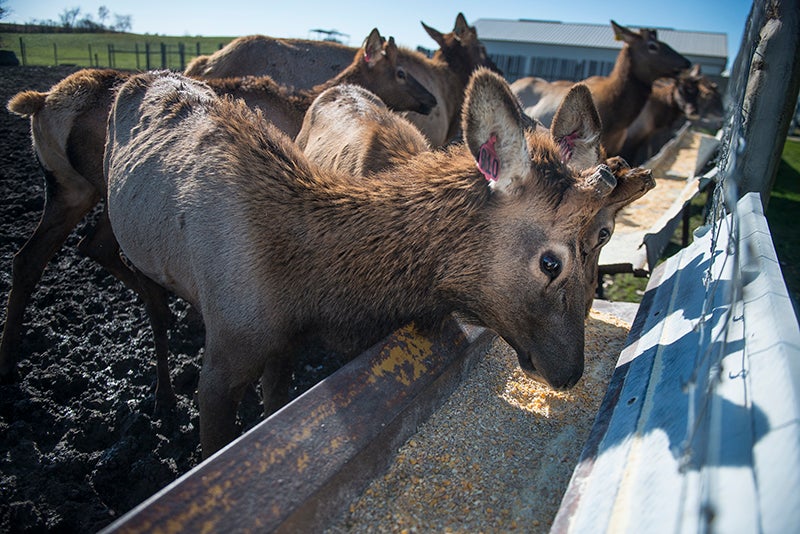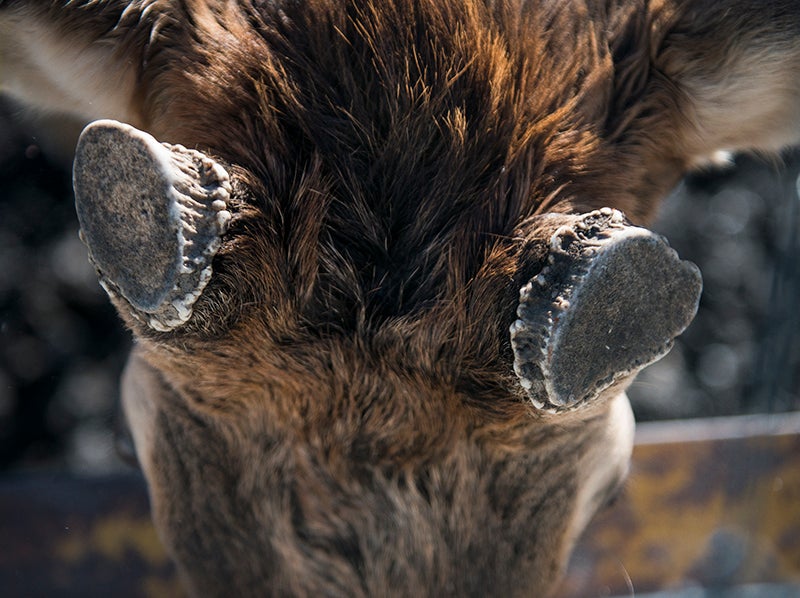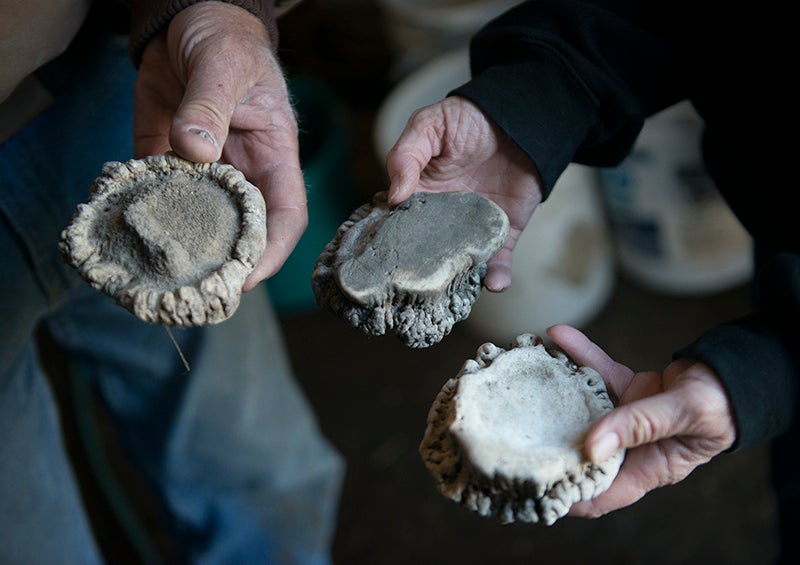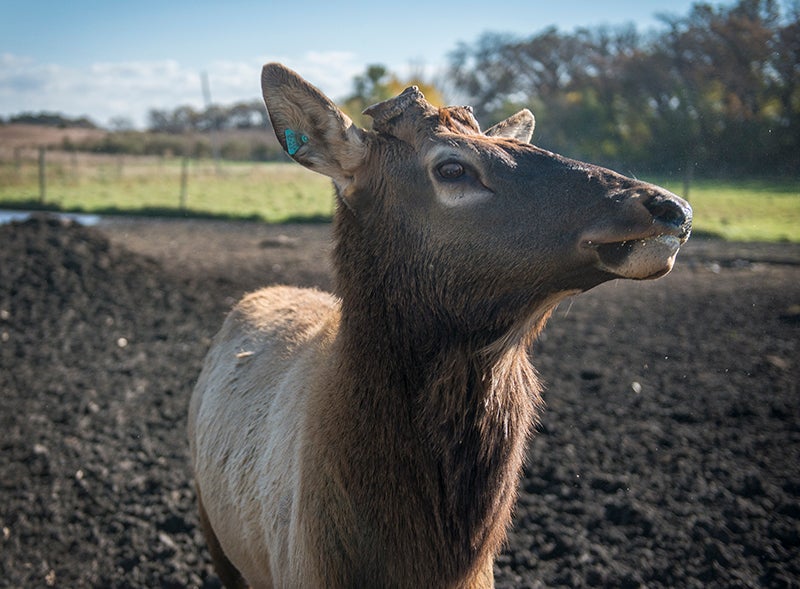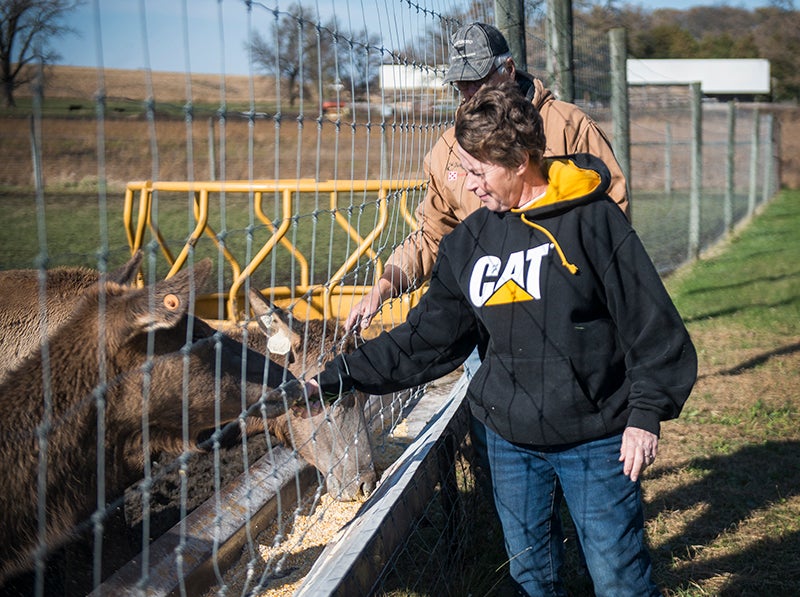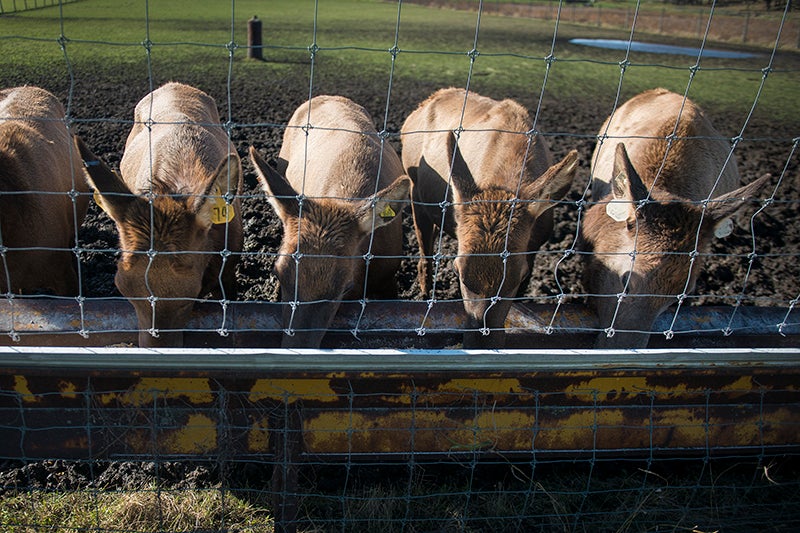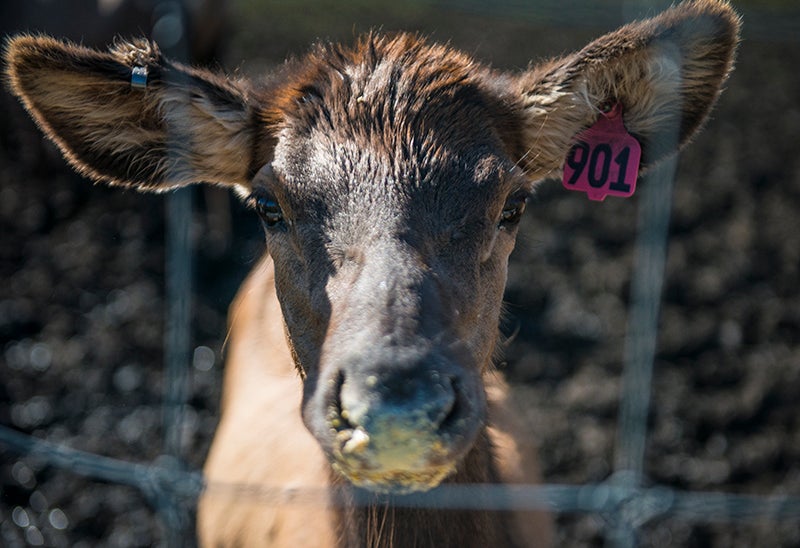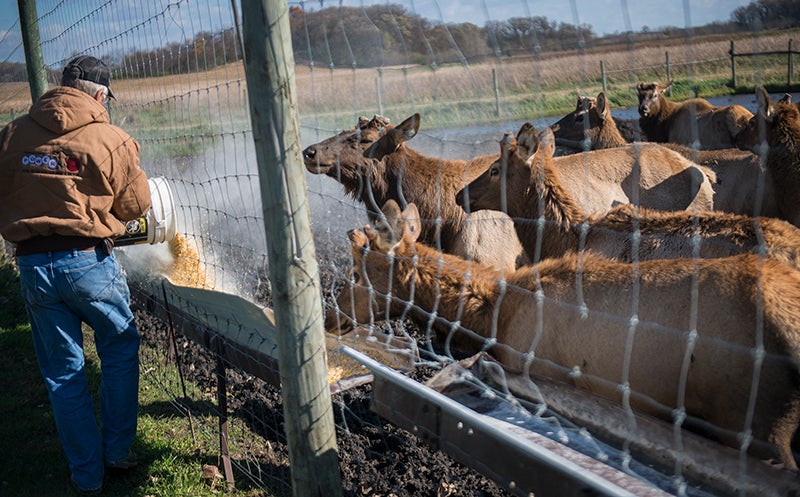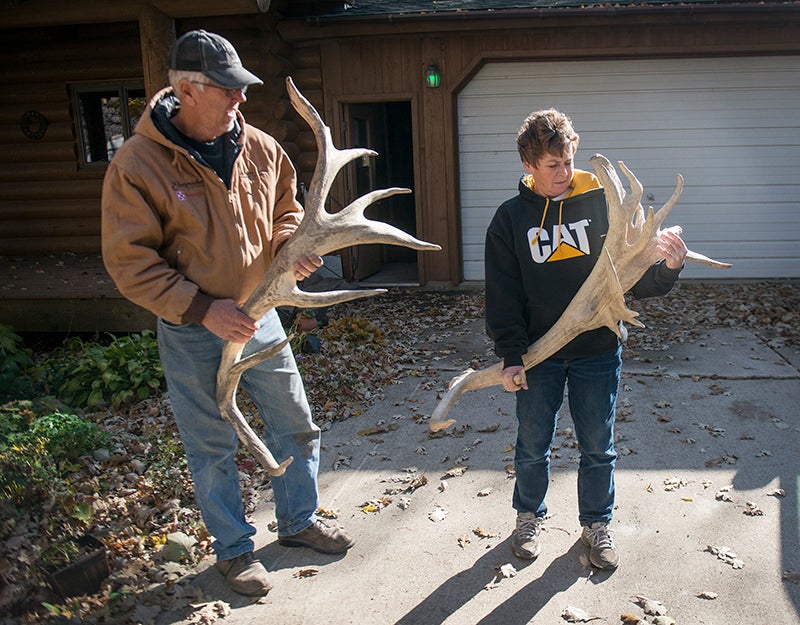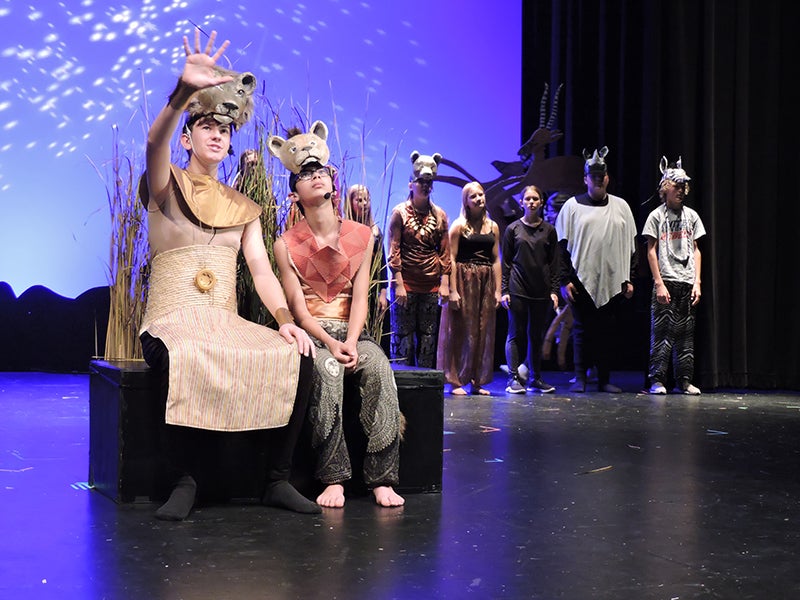A day in the life: Double D Elk Farm
Published 9:17 pm Thursday, October 25, 2018
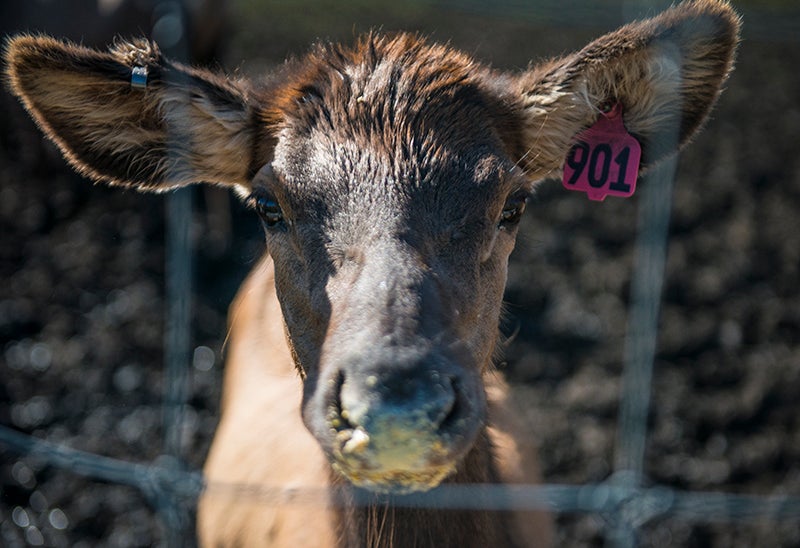
- Dave and Dawn Claussen raise elk on their farm in Glenville, Double D Farm, where they also grow soybeans and corn. - Colleen Harrison/Albert Lea Tribune
Glenville couple raises elk for meat and antler velvet
Editor’s note: ‘A day in the life’ is a reoccurring series from the Tribune that follows people in different occupations or hobbies to photograph what goes into their job. If you have any suggestions for a future subject, email colleen.harrison@albertleatribune.com or call 507-379-3436.
- The elk are separated — bulls in one pasture and cows in another. The elk calves are kept in with the cows. – Colleen Harrison/Albert Lea Tribune
- The Claussens usually collect antlers from their elk in June. The antlers are then frozen — to help remove the velvet — before being shipped to customers and companies that use the velvet in medicine. Dawn Claussen said it can be used in pain medication for treating arthritis. – Colleen Harrison/Albert Lea Tribune
- Elk will naturally shed their antlers each year as new plates grow in and push out old ones. – Colleen Harrison/Albert Lea Tribune
- Double D Farm sells its elk meat directly to customers after it is butchered and finished by Nick’s Meats in Hayward. – Colleen Harrison/Albert Lea Tribune
- The Claussens have been raising and breeding elk for about 20 years. – Colleen Harrison/Albert Lea Tribune
- There are rules to owning elk in Minnesota. Fences have to be at least 8 feet tall and the elk have to be checked for tuberculosis every three years, among other rules. Elk are not to mix with the local deer population, and any time one dies at Double D Farm — whether of natural causes on the farm or being slaughtered for meat — the brain stem is sent to the University of Minnesota for testing. – Colleen Harrison/Albert Lea Tribune
- Dave and Dawn Claussen raise elk on their farm in Glenville, Double D Farm, where they also grow soybeans and corn. – Colleen Harrison/Albert Lea Tribune
- Double D Farm has about 52 elk at the moment. The Claussens said in the wild, elk typically live to be 4 to 7 years old. On their Glenville farm, cows can live up to 15 or 16 years, while bulls live to 8 or 9 years old. Cows are slaughtered more often than bulls are from their farm, as bulls are kept for their antler velvet. – Colleen Harrison/Albert Lea Tribune
- The Claussens have kept a set of antlers from one of their best bulls. When they decide to breed their elk, they put one bull into the pasture with the cows so they know exactly what the family lines are for each calf. – Colleen Harrison/Albert Lea Tribune


